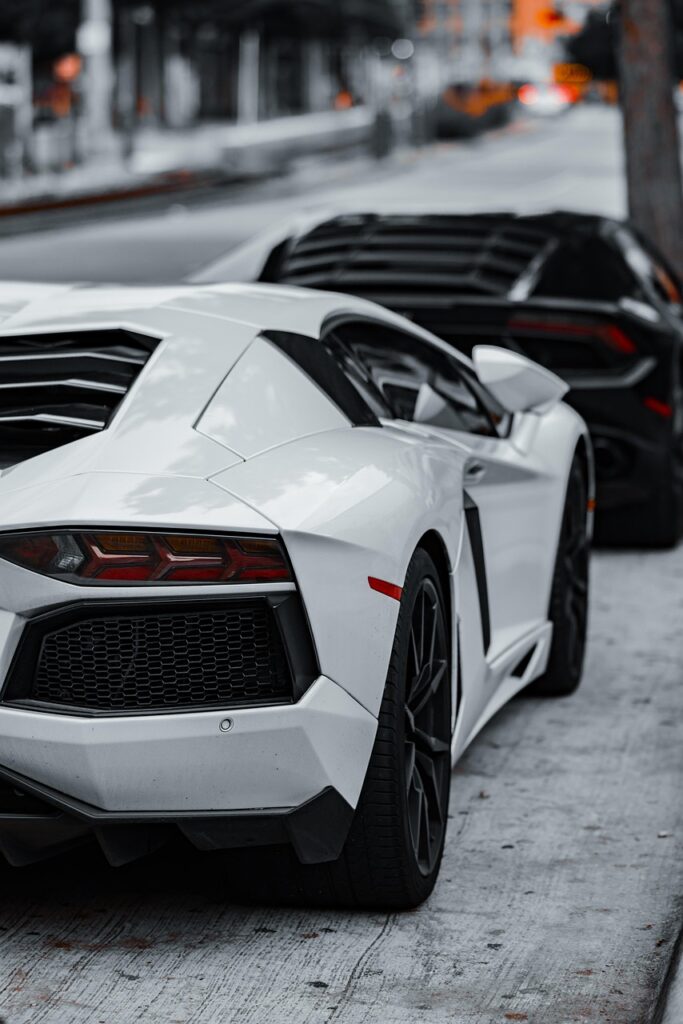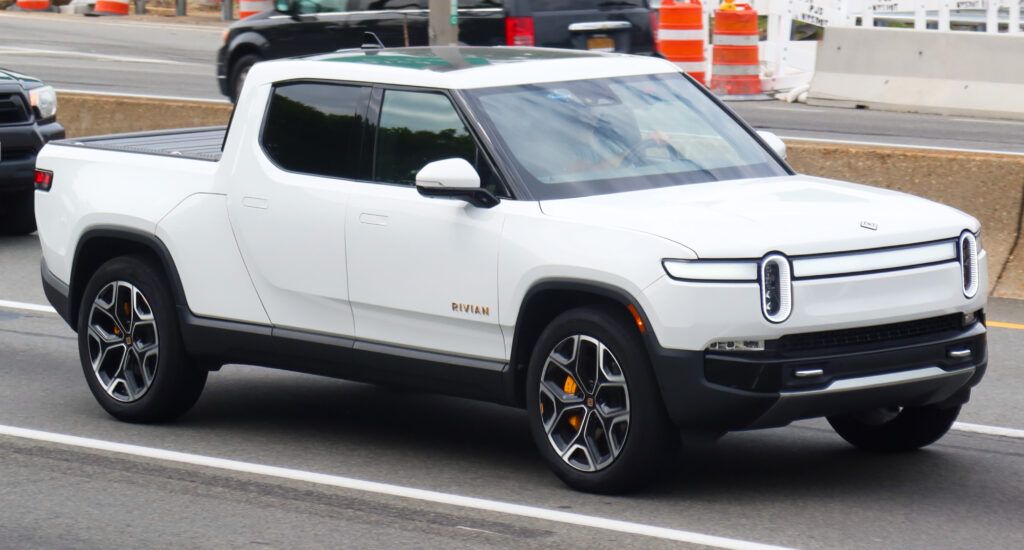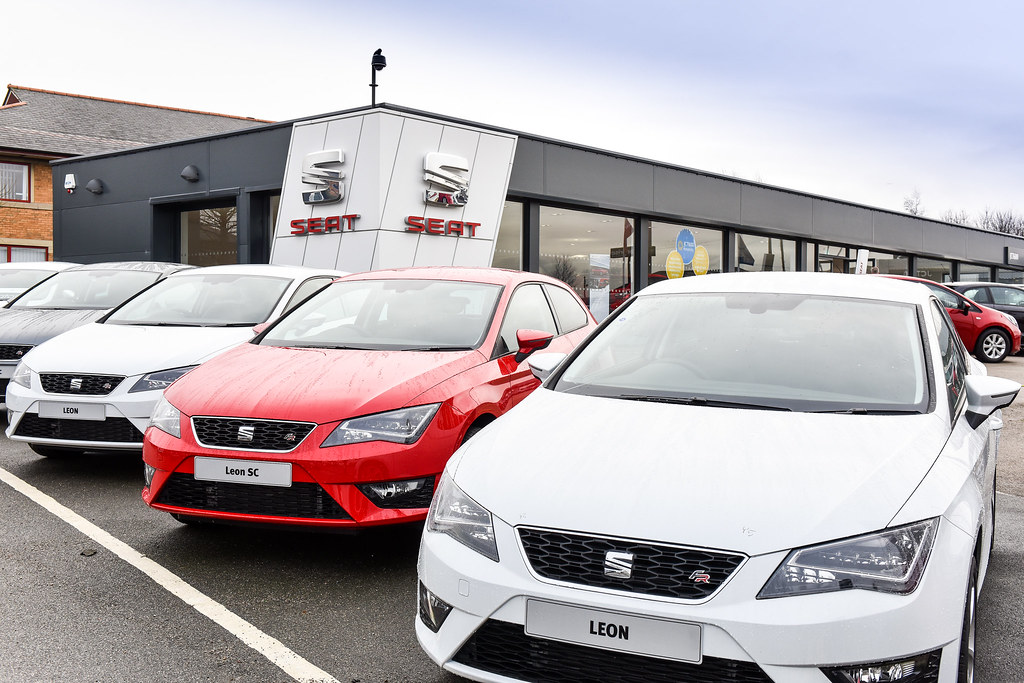
Rev up your curiosity as we steer through the fascinating stories of trailblazing automakers that once turned heads but ultimately disappeared from the road. Once upon a time, American roads were filled with the bold dreams of automakers whose names have since faded into obscurity.
These car brands didn’t just build vehicles; they pushed boundaries, introduced revolutionary features, and dared to challenge the status quo. For enthusiasts and collectors, remembering these marques evokes a powerful sense of nostalgia, a longing for a time when American ingenuity bloomed across a diverse automotive landscape, giving us vehicles that were both ambitious and deeply personal.
Despite their innovative spirit, these brands ultimately vanished, leaving behind stories of ambition, ingenuity, and what could have been. Join us on a journey through the annals of American automotive history, celebrating the indelible marks left by these forgotten giants, each with a tale that resonates deeply within the classic car community.
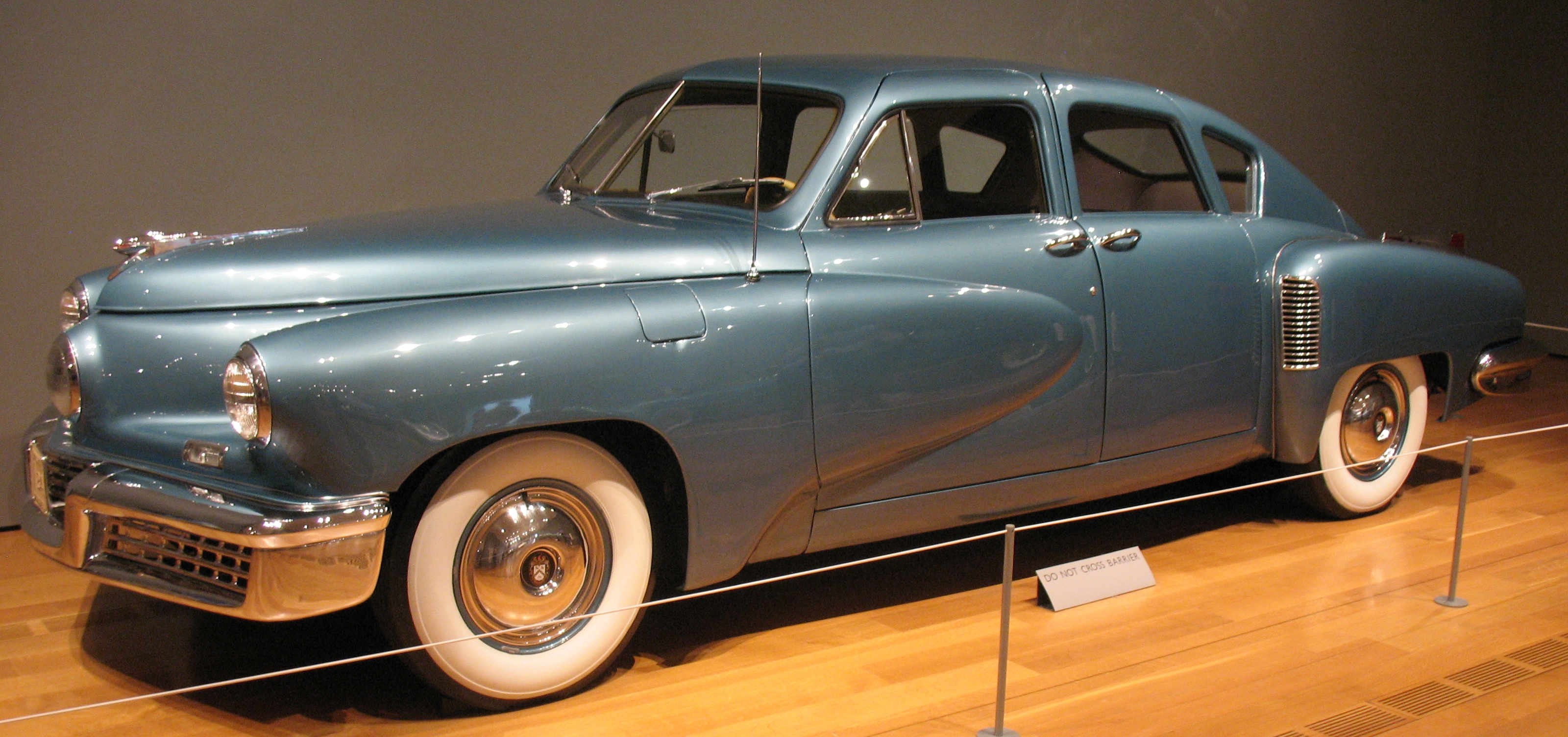
1. **Tucker: The Car That Was Years Ahead of Its Time**In the late 1940s, the automotive world held its breath as Preston Tucker unveiled his vision: the Tucker 48, also famously known as the Tucker Torpedo. This wasn’t just another car; it was a radical departure, a bold statement about what the future of motoring could and should be. Its design elements were nothing short of revolutionary for the era, setting it apart instantly.
Among its most captivating features was a rear-mounted engine, a design choice that promised enhanced safety and performance. The car also boasted a perimeter frame, engineered specifically for crash protection, far exceeding the safety standards of its contemporaries. Perhaps most famously, it included a third “cyclops” headlight that pivoted with the steering wheel, an innovation aimed at improving visibility around corners, showcasing Tucker’s unwavering commitment to safety and advanced thinking.
Preston Tucker’s mission was clear and ambitious: to create the safest and most advanced car of his day. This daring pursuit quickly attracted both passionate fans who saw the future in his design and an equally vocal chorus of skeptics. However, Tucker’s radical ideas, which threatened the established order, put him at odds with the powerful Detroit automakers.
This confrontation, coupled with a complex mix of political and financial challenges, ultimately brought his groundbreaking company down. After only 51 cars were produced, the dream ended. Yet, the Tucker brand, though short-lived, has become an enduring icon of American automotive ambition, its legacy still celebrated for its daring innovation and the tantalizing glimpse it offered into a different kind of automotive future. Its influence on modern safety enhancements is undeniable, a quiet testament to a vision cut short.
Read more about: The Resurgent Roar: Unearthing Eight Forgotten Luxury Car Brands Poised for a Modern Comeback

2. **Cord: Art Deco Innovation on Wheels**Cord carved out a truly unique niche in American automotive history, making its indelible mark with a stunning combination of Art Deco aesthetics and cutting-edge technology. When one thinks of the 1930s, Cord’s creations immediately spring to mind as vehicles that dared to be different, possessing a visual flair that was both elegant and unmistakably modern.
The 810 and 812 models, in particular, were paragons of this philosophy. These vehicles weren’t just beautiful; they were engineering marvels. They famously introduced groundbreaking features such as front-wheel drive, a rarity at the time, and sleek retractable headlights. As noted by Hagerty, these innovations made Cord vehicles stand out dramatically in the 1930s, admired equally for their looks and their sophisticated engineering.
However, even such forward-thinking design and technology couldn’t insulate the brand from the harsh realities of the era. Cord faced insurmountable financial troubles, exacerbated by the immense economic pressures of the Great Depression. This perfect storm of adversity led to the brand’s unfortunate demise in 1937, silencing a voice of innovation far too soon.
Today, despite its relatively brief existence, Cord is rightly celebrated as one of the most innovative and visually captivating brands of its time. Its cars are cherished by collectors and admired by designers, serving as a powerful reminder of a golden age of automotive experimentation and artistry, where cars were truly considered works of rolling sculpture.
Read more about: Gone But Not Forgotten: Tracing the Legacy of 14 Iconic American Car Brands That Vanished from Dealerships
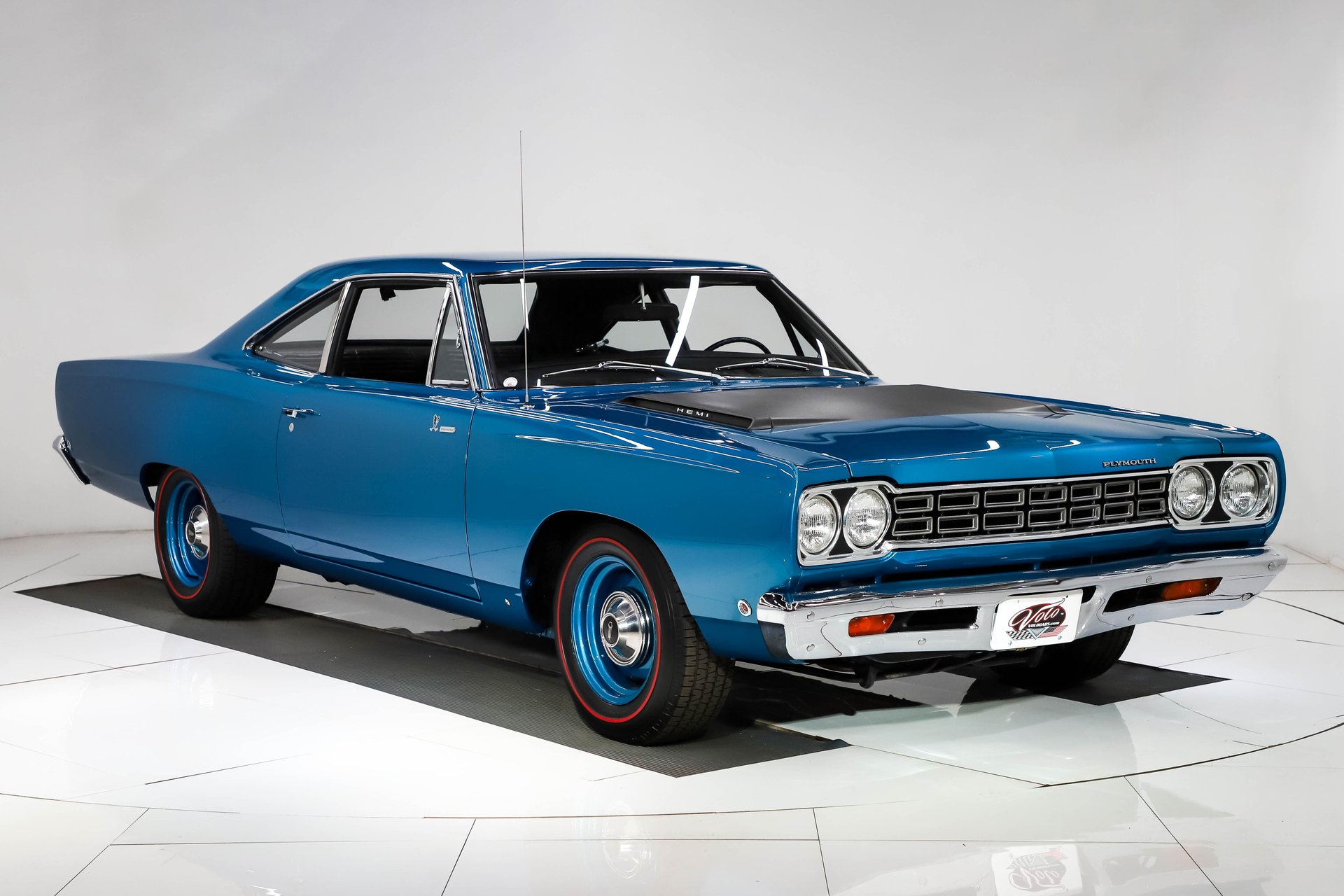
3. **Plymouth: The Everyman’s Innovator**Chrysler introduced Plymouth in 1928 with a clear and compelling mission: to offer value-oriented cars that were nevertheless packed with features typically found in much pricier models. This approach resonated deeply with American families, establishing Plymouth as a reliable, American choice that was well within reach for those seeking something practical yet far from stripped down.
Plymouth quickly distinguished itself as a pioneer, notably making hydraulic brakes widely available to a broader market, a significant safety advancement. Later, it further cemented its place in automotive lore with the introduction of the Barracuda, a vehicle that, as detailed by Mac’s Motor City Garage, served as a crucial forerunner of the burgeoning muscle car movement, showcasing Plymouth’s unexpected sporting side.
For decades, Plymouth held a clear and respected place on American streets, often regarded as a smart and steady choice. Its models were familiar sights in driveways across the country, embodying dependability and a certain no-nonsense appeal. Many remembered it fondly through long ownership, repeat purchases, or family ties, a testament to its cultural presence and brand memory.
Yet, as time wore on, Plymouth’s identity began to become muddled within Chrysler’s ever-growing portfolio. It started offering models that looked too similar to those sold by its sister brands, diluting its distinctiveness. Without a strong, singular reason to stand out, interest cooled, and sales steadily declined. By 2001, the brand was quietly phased out, a victim of market overlap and shifting automotive trends. Its end was not a dramatic failure, but rather a quiet retreat, as many drivers had already moved on.
Read more about: Gone But Not Forgotten: Tracing the Legacy of 14 Iconic American Car Brands That Vanished from Dealerships

4. **Packard: Luxury and Innovation in Every Detail**Emerging as an undisputed leader in American luxury, Packard set itself apart with a relentless commitment to engineering achievements and technological advancements. In the early 20th century, a Packard was synonymous with opulence and meticulously crafted quality, representing the pinnacle of automotive elegance and setting the standard for the elite’s choice.
The company was responsible for introducing several industry firsts that raised the bar for comfort and performance. Among these pioneering features were production air conditioning, a revolutionary comfort innovation for its time, and the Ultramatic automatic transmission, which significantly enhanced the driving experience. Packard’s vehicles were renowned for their advanced suspension and powerful engines, embodying a blend of sophistication and robust capability.
Despite these remarkable milestones and its sterling reputation, Packard’s fortunes regrettably declined after World War II. It struggled fiercely to compete with the formidable presence of Cadillac and Lincoln, whose postwar strategies proved more agile. A troubled merger with Studebaker, an attempt to combine forces and weather the storm, ultimately failed to rescue the brand.
By 1958, a storied heritage spanning decades of elegance and innovation sadly exited the automotive scene. Yet, Packard’s blend of luxury and technology continues to inspire luxury car designs to this day, and its vehicles are still revered by collectors who understand the profound significance of its contribution to American automotive excellence.
Read more about: Gearhead Dreams: 15 Iconic Defunct Car Brands We Desperately Want Back on the Road

5. **Hudson: Racing into the Future**Hudson established a formidable reputation in the American automotive landscape, particularly with the groundbreaking introduction of its “step-down” design in the 1948 Commodore. This innovative structural approach, which lowered the car’s center of gravity by recessing the floorpan within the frame, dramatically improved both handling and safety, as explained by Wikipedia. Its unibody construction offered unmatched rigidity and lightness, further enhancing its performance credentials.
Beyond its engineering prowess, Hudson also found considerable fame on the racetrack. The brand dominated NASCAR in the early 1950s, a period during which its cars, particularly the legendary “Fabulous Hudson Hornet,” became synonymous with victory and performance excellence. These racing triumphs cemented Hudson’s image as a brand that wasn’t just innovative but also exceptionally competitive.
Even with its distinct engineering strengths and undeniable racing pedigree, Hudson found itself unable to survive the rapid consolidation that swept through the automotive industry during that era. The landscape was shifting, and smaller manufacturers found it increasingly difficult to compete with the scale and resources of the larger players. This led to a pivotal moment in its history.
After merging with Nash-Kelvinator to form American Motors Corporation (AMC), the Hudson name, despite its significant legacy, disappeared by 1957. Although the brand itself faded, its pioneering innovations in design, engineering, and its impressive record in racing continue to be celebrated by car enthusiasts today, a lasting testament to its forward-thinking spirit.
Read more about: Gone But Not Forgotten: Tracing the Legacy of 14 Iconic American Car Brands That Vanished from Dealerships

6. **Oldsmobile: The Pioneer of the Automatic Transmission**Founded in 1897, Oldsmobile stood as a true trailblazer among American carmakers, establishing itself as a stalwart of automotive innovation for over a century. Its journey was marked by a relentless pursuit of progress, driving force behind several pivotal automotive breakthroughs that reshaped the industry and influenced generations of vehicle design and engineering.
According to Story Cars, the brand achieved significant milestones, notably pioneering the automatic transmission, a convenience that would become an industry staple. Oldsmobile also introduced the powerful “Rocket” V8 engine, which not only became iconic but also inspired a whole new era of performance. Its Toronado model further broke ground as one of the first American cars with front-wheel drive, showcasing a continuous commitment to innovation.
Oldsmobile was once seen by many as a step up, representing progress and a reward for steady work, a sign of moving forward without reaching for an explicit luxury badge. It comfortably sat in the lives of people who wanted something refined. However, despite its deep-seated innovative legacy and significant contributions, Oldsmobile eventually struggled to keep pace with rapidly changing consumer tastes and General Motors’ evolving priorities. The styling became harder to place, and younger buyers began looking elsewhere.
Declining sales and challenges in brand identity ultimately led to its discontinuation in 2004, ending an era for a brand that had profoundly helped shape automotive history. Oldsmobile’s legacy is a testament to persistent innovation, leaving behind a quiet kind of respect and influencing countless subsequent advancements in car design and engineering.
Read more about: Gone But Not Forgotten: Tracing the Legacy of 14 Iconic American Car Brands That Vanished from Dealerships
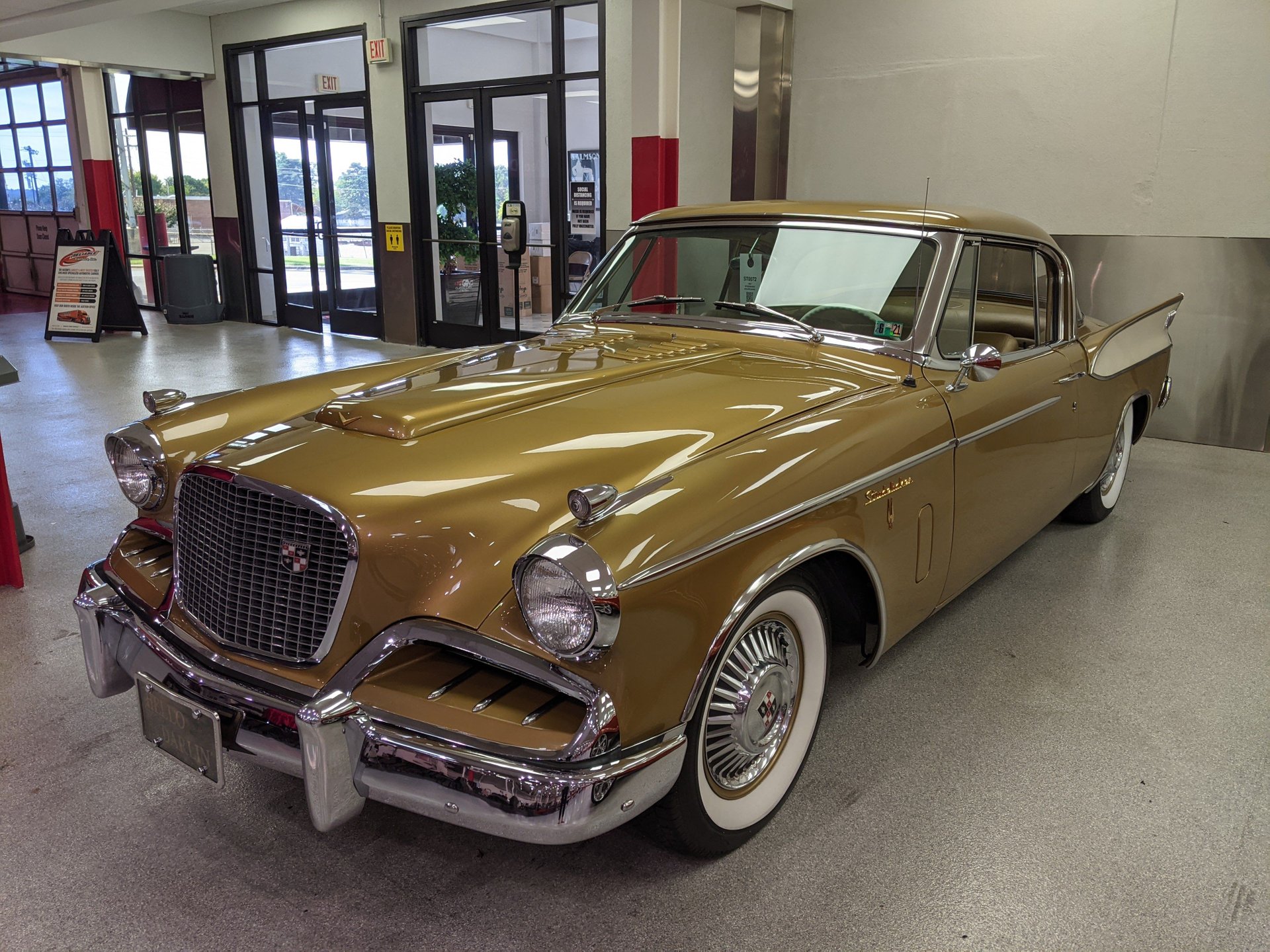
7. **Studebaker: From Wagons to Cutting-Edge Cars**Long before it built cars, Studebaker made its mark as a prolific wagon manufacturer in the 19th century, with roots running deep into American life. This storied heritage, built on a reputation for steady quality, provided a unique foundation as it transitioned to automobiles in the early 1900s. For many years, you could find Studebakers in small towns and rural roads, often kept for years by the same loyal owners, embodying durability and trustworthiness.
As it embraced the automotive age, the company became known for its distinctive, forward-thinking designs that often pushed the boundaries of conventional aesthetics. Models like the iconic bullet-nose Champion, with its unforgettable front-end styling, and the Avanti, which featured innovative fiberglass construction and advanced engineering, captured imaginations and showcased Studebaker’s commitment to originality, as noted by The Detroit Bureau.
However, despite its solid craftsmanship and design prowess, Studebaker was ultimately unable to withstand the relentless pressures of financial instability and intense competition from Detroit’s burgeoning Big Three. As the industry shifted and bigger players gained ground, Studebaker’s market share shrank, and the name began to slip from everyday conversation. The company struggled fiercely to keep pace.
By the 1960s, mounting losses regrettably led to the company’s closure, ending the legacy of a brand that had once defined American creativity and craftsmanship. Its end was not a dramatic failure but a quiet turning of a page, yet the name still sparks memory, belonging to a much earlier, profoundly influential chapter of American automotive history.
Read more about: Gearhead Dreams: 15 Iconic Defunct Car Brands We Desperately Want Back on the Road
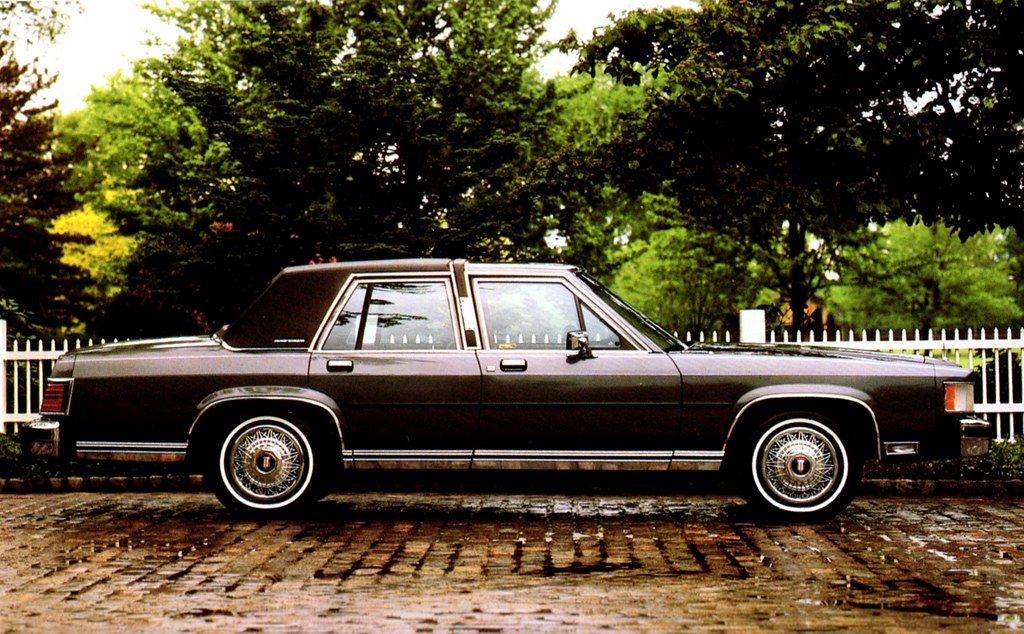
8. **Mercury: Ford’s Stylish Middle Child**Ford launched Mercury in 1938 with a clear purpose: to bridge the automotive gap between its accessible mainstream offerings and the undeniable luxury of its Lincoln brand. For many drivers, Mercury represented an appealing step up, providing a unique blend of comfort and style that was a cut above the everyday without venturing into the realm of the truly opulent. It resonated deeply with those who desired refinement and presence without a prohibitive price tag.
Mercury quickly became known for its sleek styling, which often embodied the cutting edge of contemporary design. Models like the iconic Cougar etched themselves into the minds of enthusiasts, offering a sporty yet sophisticated edge. The brand also introduced advanced features that impressed buyers, such as the innovative “Turnpike Cruiser” dashboard, which offered a touch of futuristic flair and enhanced the driving experience of its era.
Yet, as time wore on, Mercury found itself struggling to maintain a distinct identity within an increasingly crowded and competitive market. The space it occupied became harder to define, as other brands caught up or surpassed it in appeal. Its evolution seemed to stall, and its unique charm began to fade as buyers looked elsewhere for their automotive desires.
Sales steadily declined, and the once-vibrant brand lost its traction. In 2010, Ford made the quiet decision to end Mercury production, closing a chapter on a marque that once embodied American flair and forward thinking. While its departure was not marked by dramatic fanfare, Mercury’s legacy of offering affordable luxury with an edge continues to influence automotive design and consumer expectations to this day, leaving a quiet imprint on the industry.
Read more about: Automotive Icons Unraveled: The Definitive Account of 15 Star Brands and Models That Fell From Grace
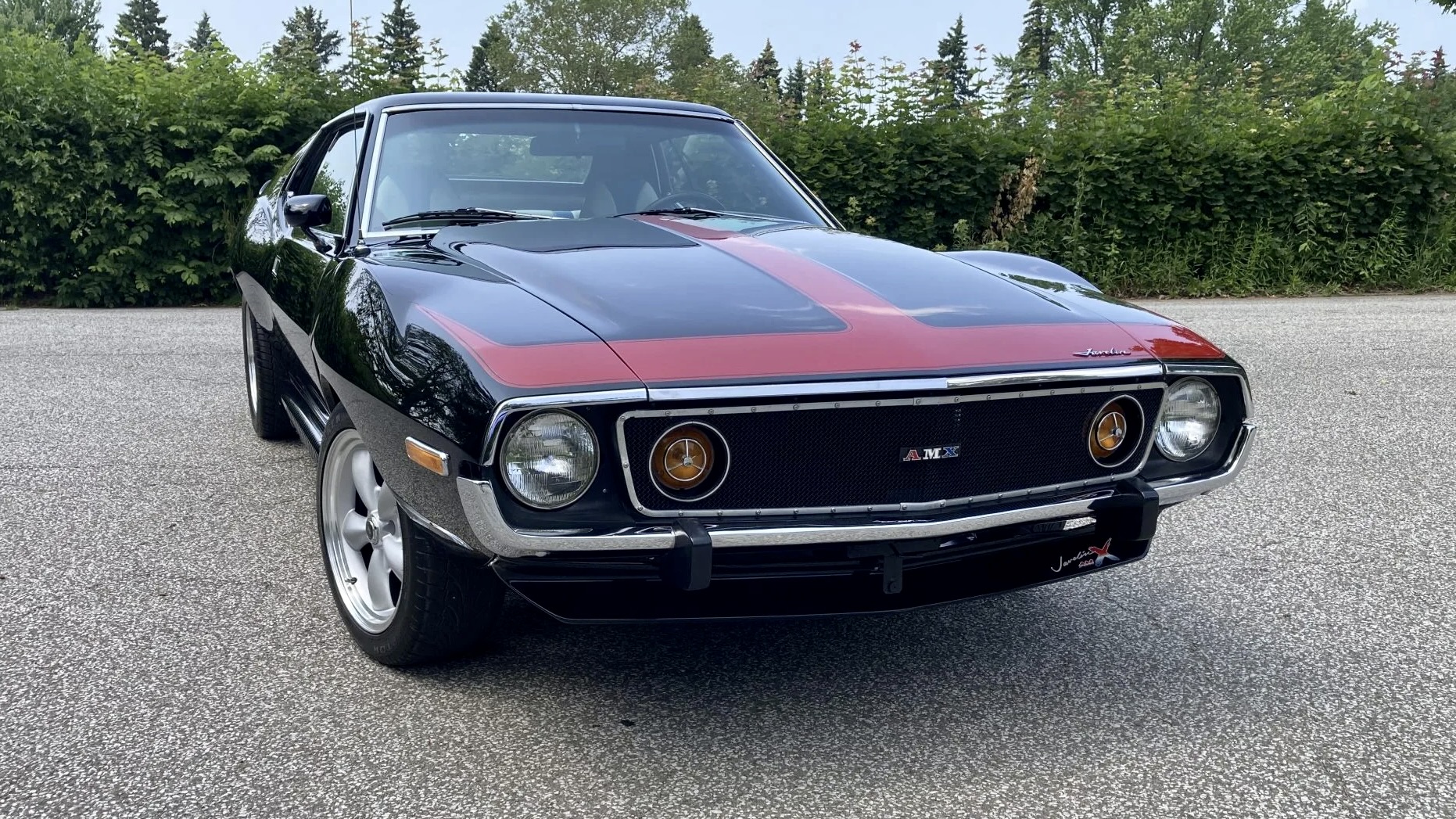
9. **AMC: The Quirky Challenger**American Motors Corporation (AMC) emerged on the automotive scene in 1954 with a reputation for bold, unconventional thinking. Unlike the entrenched giants of Detroit, AMC embraced its underdog status, often delivering vehicles that were both inventive and smartly targeted. The company consistently challenged the status quo, carving out a unique niche by thinking outside the box and responding creatively to the challenges of its times, including the infamous oil crisis.
AMC’s product lineup was famously diverse and distinctive. It brought to market the compact Rambler, which offered sensible transportation for working families, and the rugged Jeep, which would become an icon in its own right. Beyond these, AMC introduced quirky, personality-filled models like the Gremlin and Pacer, which, despite their unconventional looks, stood out for their unique approach to design. High-performance models like the Rebel, AMX, and Javelin also gave the brand considerable street cred and appeal among enthusiasts.
However, despite its inventive approach and the undeniable influence of its designs, AMC found it increasingly difficult to compete with the vast resources of its larger rivals. The pace of industry evolution and the deep pockets of the Big Three proved to be insurmountable obstacles for the smaller, agile manufacturer. AMC struggled to sustain its momentum in an environment dominated by sheer scale and financial might.
Facing insurmountable financial difficulties, Chrysler ultimately acquired AMC in 1987, primarily for the immensely valuable Jeep brand. Though the AMC name itself faded from the automotive landscape, its legacy of risk-taking, originality, and significant contributions to automotive diversity continues to inspire modern manufacturers. AMC’s spirit of innovation lives on in the annals of American automotive history, a testament to what a determined underdog can achieve.
Read more about: Gearhead Dreams: 15 Iconic Defunct Car Brands We Desperately Want Back on the Road

10. **DeSoto: Chrysler’s Forgotten Trailblazer**When Chrysler launched DeSoto in 1928, it quickly garnered attention for its stylish, affordable vehicles and advanced engineering. DeSoto had a quiet elegance that appealed to buyers who wanted something respectable, occupying a comfortable middle ground between basic transportation and the more expensive luxury options. It offered comfort and polish without pushing too hard, making it a popular choice for many American families.
DeSoto was not merely about aesthetics; it was a genuine trailblazer in engineering. The brand was responsible for introducing groundbreaking features such as the first mass-produced power steering, a significant advancement that made driving more accessible and less strenuous for countless individuals. Its futuristic designs, particularly those that captured the vibrant spirit of the 1950s, further showcased DeSoto’s commitment to progress and ingenuity, often featuring iconic tailfins that defined the era.
Despite its early successes and innovative spirit, DeSoto eventually faced significant challenges. Internal competition within Chrysler’s ever-growing portfolio began to muddle its identity, as other brands within the corporate family started offering similar models. Shifting consumer tastes also played a role, with buyers increasingly drawn to other marques or to Chrysler’s flagship lines. The company chose to give other brands more attention, and DeSoto saw fewer updates over the years.
With sales steadily falling and its role becoming harder to notice, the brand was unfortunately discontinued in 1961. The final models came and went with little fanfare, closing the book on a name that once stood proudly for progress and ingenuity. Nevertheless, DeSoto’s stylish and performance-oriented models left a lasting imprint on automotive design, and its cars are remembered by those who appreciate its distinctive contribution to American automotive history.
Read more about: Gone But Not Forgotten: Tracing the Legacy of 14 Iconic American Car Brands That Vanished from Dealerships
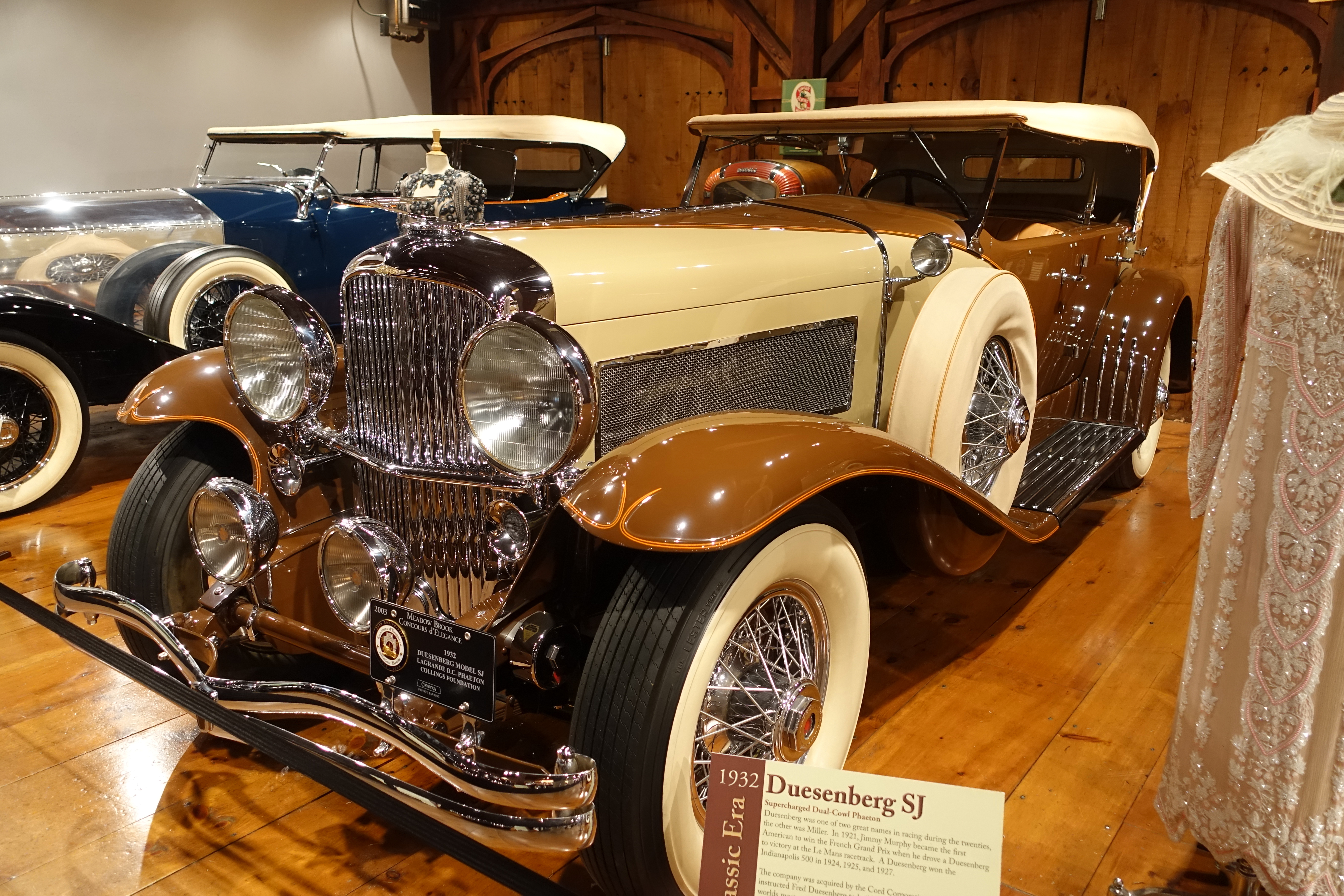
11. **Duesenberg: The Pinnacle of American Luxury**During the roaring 1920s and the challenging 1930s, Duesenberg stood as the undisputed ultimate symbol of American luxury and performance. A “Duesy” was more than just a car; it was a statement of unparalleled opulence, meticulous craftsmanship, and cutting-edge engineering, captivating the elite of its era. These vehicles represented the absolute pinnacle of automotive excellence, defining what it meant to drive in grand style.
The brand was a hotbed of innovation, consistently pushing the boundaries of speed, engineering, and safety. Duesenberg introduced advanced features that were revolutionary for its time, including supercharged engines that delivered exhilarating power and sophisticated hydraulic brakes that offered superior stopping performance. Its powerful engines and grand styling defined an era of automotive majesty, making every Duesenberg a truly bespoke masterpiece.
However, even such an iconic marque could not withstand the crushing economic realities of its time. The onset of the Great Depression delivered a devastating blow to the market for ultra-luxury automobiles. Coupled with the inherently high cost of Duesenberg’s meticulously crafted, bespoke vehicles, the economic downturn made it impossible for the company to sustain operations. Production was incredibly limited, with each car being a labor of love, and this exclusivity contributed to its eventual financial fragility.
Tragically, these formidable challenges led to the company’s closure in 1937, silencing one of America’s most prestigious automotive voices. Yet, even today, the term “Duesy” remains a byword for excellence and innovation in the world of classic cars. Duesenberg’s legacy of luxury and performance endures, with its vehicles still revered in automotive circles as timeless examples of unparalleled engineering and design artistry.
Read more about: Gearhead Dreams: 15 Iconic Defunct Car Brands We Desperately Want Back on the Road
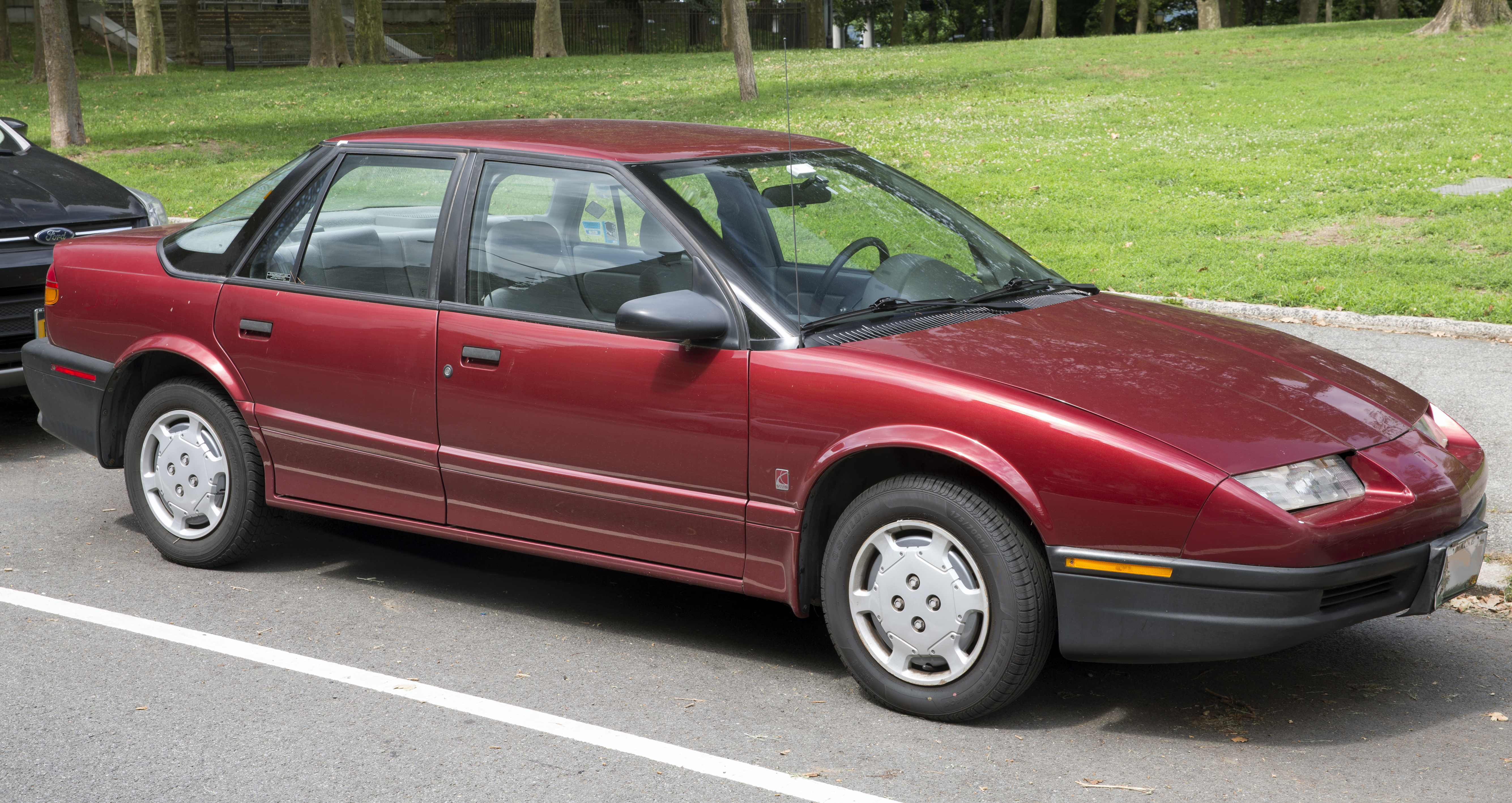
12. **Saturn: The “Different Kind of Car Company”**Conceived by General Motors in 1985, Saturn embarked on a bold mission: to revolutionize car buying and manufacturing in America. It promised a smoother sales process, simpler decisions, and a new way to think about owning a car, directly challenging the conventional dealership experience. This unique approach, characterized by a no-haggle pricing strategy and a customer-first philosophy, aimed to attract buyers who typically favored imports, cultivating a remarkably loyal following in its early years.
Saturn’s commitment to innovation extended beyond its sales model to its vehicles themselves. The brand offered unique engineering features, such as dent-resistant plastic body panels, a practical advantage that resonated with many owners. Its vehicles often featured distinct designs and a utilitarian appeal, aiming to provide a fresh alternative in a market dominated by more traditional offerings. For a brief period, it connected well with new drivers and urban shoppers seeking something refreshingly different.
Despite a promising start and its initial success in building a loyal customer base, Saturn was ultimately hampered by inconsistent support and a lack of sustained investment from its parent company, GM. Over time, the brand’s distinguishing differences began to disappear as models looked increasingly similar to other GM offerings, and the buying experience lost some of its initial charm. Saturn never truly found its second act or a clear path for future differentiation.
When the auto market tightened and GM underwent significant restructuring, Saturn became a casualty. The brand was officially discontinued in 2010, marking the end of a bold and ambitious experiment in the American auto industry. While Saturn arrived with a clear mission, its follow-through didn’t hold up, yet its approach to customer relations and innovative spirit still resonate, leaving a thought-provoking legacy in automotive marketing and manufacturing.
Read more about: Gone But Not Forgotten: Tracing the Legacy of 14 Iconic American Car Brands That Vanished from Dealerships
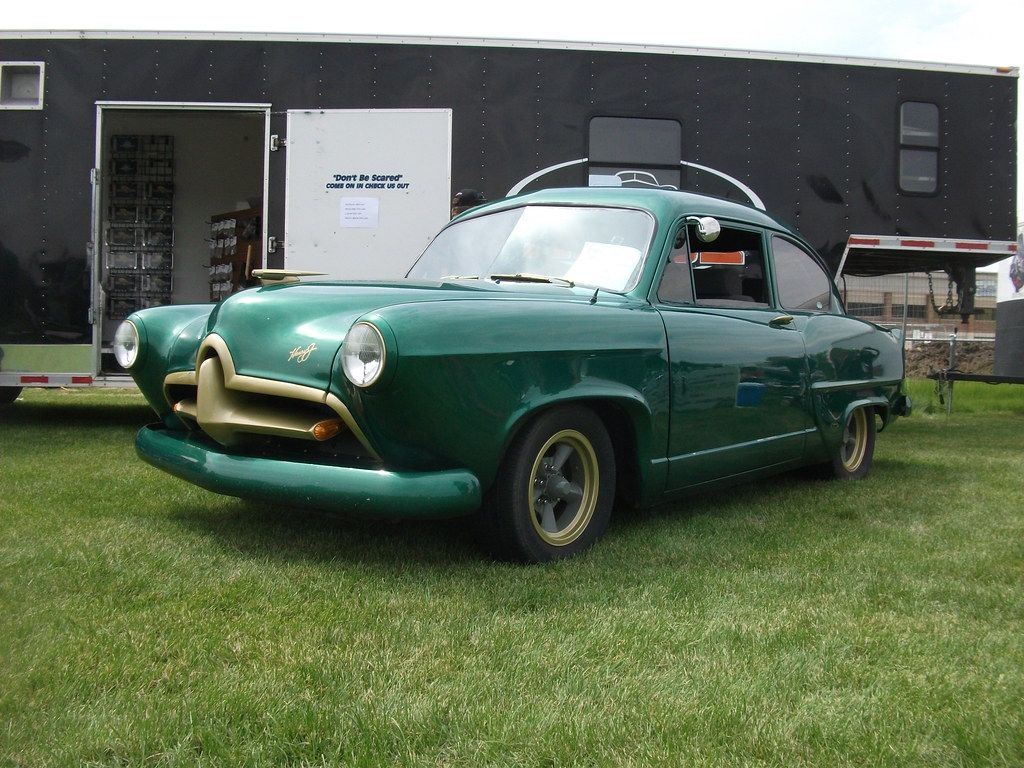
13. **Kaiser-Frazer: Postwar Promise and Unusual Designs**Rising from the immense economic boom following World War II, Kaiser-Frazer emerged with ambitious aspirations: to meet the surging demand for new vehicles and compete with Detroit’s established giants. The company aimed to offer modern designs at accessible prices, presenting a fresh alternative to the Big Three. It was a period of great opportunity, and Kaiser-Frazer stepped onto the stage with a sense of adventure.
The company rolled out affordable models like the Henry J, which aimed for economical transportation. However, it also captured attention with more distinctive offerings, notably the eye-catching Kaiser Darrin sports car. This vehicle boasted innovative fiberglass construction and featured unusual yet striking sliding doors, showcasing the brand’s willingness to experiment with bold and unconventional designs that pushed the boundaries of automotive aesthetics.
Despite these bold moves and a warm initial reception, Kaiser-Frazer struggled fiercely against its more established rivals, who possessed vastly greater resources and market penetration. Sustaining competition proved to be an uphill battle, as the company faced limited financial capital and the sheer scale of the Detroit automakers. The post-war automotive landscape quickly became consolidated, making it difficult for newer, smaller players to thrive.
Consequently, production ended for Kaiser-Frazer in the mid-1950s, bringing a relatively short but vibrant chapter to a close. While the brand itself faded, its adventurous spirit and unique designs are still admired by collectors today. Kaiser-Frazer’s ambition and innovation remain a noteworthy chapter in automotive history, influencing later design trends and serving as a reminder of a period of intense creativity and competition.
Read more about: Gone But Not Forgotten: Tracing the Legacy of 14 Iconic American Car Brands That Vanished from Dealerships
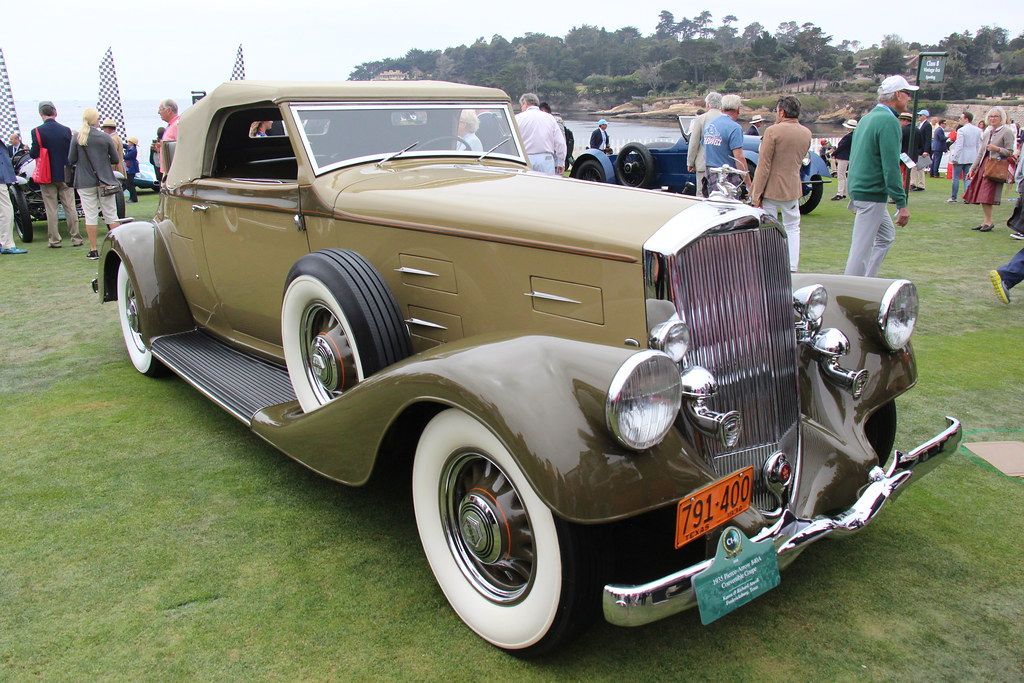
14. **Pierce-Arrow: The Aristocrat’s Choice**In the early 20th century, Pierce-Arrow stood as a true emblem of American automotive aristocracy, synonymous with unparalleled luxury and advanced engineering. Catering exclusively to America’s elite, owning a Pierce-Arrow was a clear declaration of status and discerning taste. These meticulously crafted vehicles were not just transportation; they were works of art, embodying grace, power, and prestige.
The company was a pioneer in integrating advanced features that set it apart from its competitors. Pierce-Arrow introduced innovations such as power brakes, a significant safety and convenience enhancement for its time, and the use of lightweight aluminum bodies, which improved performance and efficiency. These technological advancements, combined with exquisite craftsmanship, ensured Pierce-Arrow vehicles were always at the forefront of automotive excellence.
Despite its sterling reputation for quality and innovation, Pierce-Arrow was ultimately unable to survive the brutal economic downturn of the 1930s. The Great Depression decimated the market for ultra-luxury automobiles, making it impossible for even the most esteemed brands to maintain profitability. The demand for such expensive, bespoke vehicles simply evaporated in the face of widespread financial hardship.
Tragically, the company closed its doors in 1938, marking the end of an era for one of America’s most revered luxury marques. Even today, Pierce-Arrow vehicles are still revered by enthusiasts and collectors for their timeless craftsmanship, pioneering spirit, and their profound place in the history of American luxury automobiles. They stand as enduring testaments to an age when cars were truly rolling sculptures.
Read more about: Gone But Not Forgotten: Tracing the Legacy of 14 Iconic American Car Brands That Vanished from Dealerships

15. **Hupmobile: The People’s Car with Big Ideas**Hupmobile, founded by Robert C. Hupp, carved out a significant niche in the American automotive landscape by offering affordable, reliable cars infused with a genuine commitment to innovation. It was a brand that understood the practical needs of everyday drivers but refused to compromise on forward-thinking design and engineering. For a time, Hupmobile was a familiar and trusted name for many American families.
The brand was among the first to offer all-steel bodies, a crucial advancement that provided enhanced safety and durability, setting a new standard for construction in the industry. Furthermore, Hupmobile embraced aerodynamic styling in the 1930s, creating sleek, modern vehicles that were ahead of their time. These design choices not only improved performance but also set trends that other manufacturers would eventually follow, showcasing Hupmobile’s influential vision.
Despite these early achievements and a loyal customer base, Hupmobile found itself increasingly unable to withstand the cumulative pressures of economic challenges, including the Great Depression, and the burgeoning competition from larger, more resource-rich automakers. The competitive landscape became fiercely challenging, making it difficult for smaller independent manufacturers to thrive and innovate at the required pace.
Ultimately, Hupmobile left the market by 1940, quietly fading from public view. While the name itself may have largely faded from memory for many, Hupmobile’s significant influence on automotive design and its pioneering spirit live on, a testament to a brand that brought big ideas and genuine innovation to the everyday driver.
### Where The Road Ended: An Enduring Legacy
Every brand on this list, from Tucker’s audacious vision to Hupmobile’s practical innovations, earned its place by speaking directly to the American driver of its time. Some stood for unwavering dependability, others for a thrilling sense of personality, and a few dared to offer something entirely new and revolutionary. None of them disappeared overnight; they had a real, tangible presence on our roads for years, becoming part of the fabric of American life before eventually fading away.
Read more about: Honestly, Where Are They Now? Revisiting 10 Once-Prominent American Car Brands That Disappeared From Our Roads
Today, these forgotten giants continue to live on in our collective memory, in cherished family photo albums, within the worn pages of old service records, and in the quiet, reflective conversations between people who remember when these cars filled the highways. Even though they are no longer gleaming in showrooms or rolling fresh off assembly lines, their stories and their spirit still hold a profound place in the rich, winding narrative of how America drove forward. Their enduring legacy reminds us that innovation, ambition, and a touch of automotive soul never truly vanish, but rather settle into the esteemed halls of history, waiting to be rediscovered by new generations of enthusiasts.


